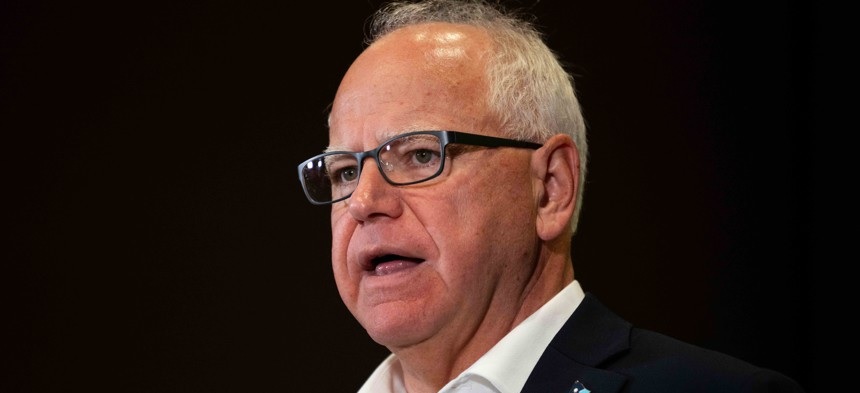
Tim Walz supports plans to protect and enhance the Affordable Care Act
During a recent vice presidential debate, Minnesota Governor Tim Walz emphasized the importance of protecting and improving the Affordable Care Act (ACA). Walz, running alongside Kamala Harris, highlighted their commitment to preserving the healthcare law, which has been a central issue in U.S. politics since its inception.
In 2013, prior to the ACA’s regulations, the average monthly premium for individual market plans was $244. By 2023, the average premium for a mid-level silver plan had nearly doubled to $477. In certain states, premiums are even higher. For example, a 60-year-old couple in West Virginia could face premiums of over $42,000 annually.
Deductibles have also risen, with the average deductible for a bronze-tier plan now at $7,258, over $2,000 more than in 2014. Despite the higher costs, many argue that the quality of coverage has not improved, as the percentage of consumers with broad provider networks has dropped from 36% in 2014 to just 11% by 2023.
While the Inflation Reduction Act (IRA) has limited the financial burden on individuals, particularly by capping premiums for higher-income families, these subsidies have cost the federal government billions. The IRA’s enhanced subsidies, set to expire in 2025, could cost taxpayers $383 billion over the next decade if extended.
Governor Walz and Vice President Harris remain focused on maintaining and expanding the ACA, despite concerns about rising costs and the law's long-term sustainability.
Stichworte







